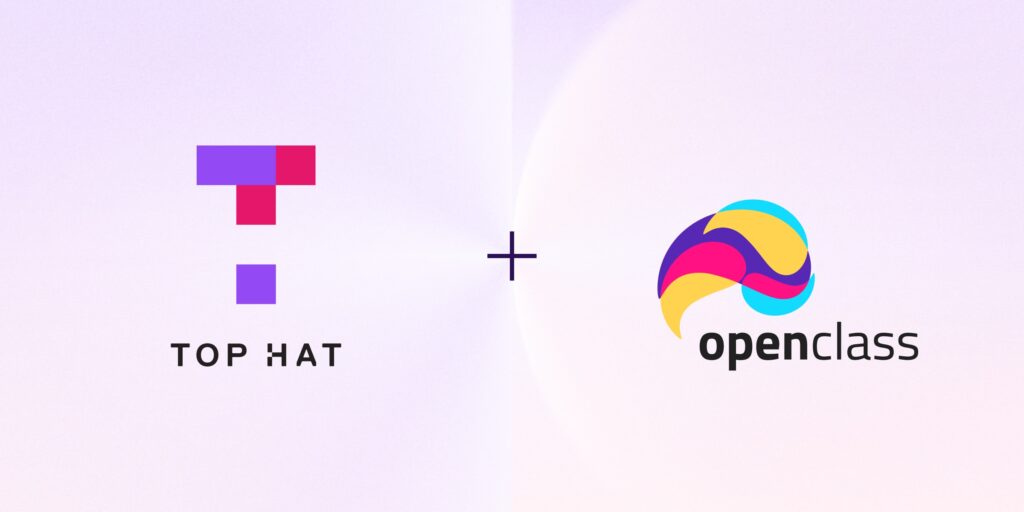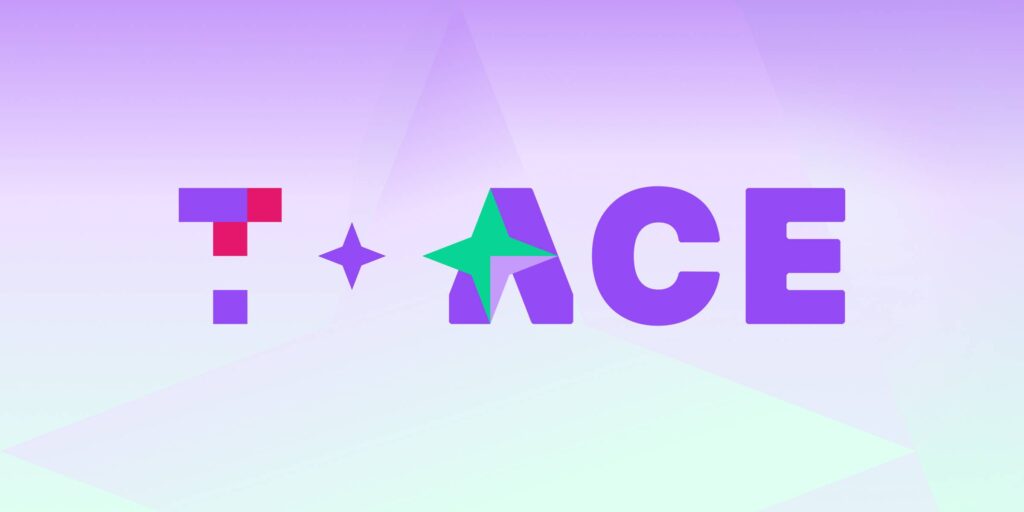In December 2020, Top Hat launched its inaugural Black Educator Grant Program, designed to examine our platform’s impact on teaching and learning and to support the Black academic community, which has historically faced unequal access to funding. Today, we’re excited to spotlight our very first recipients: Lakeshia Legette Jones and Donna M. Smith.
Both Jones and Smith are mathematics educators who teach introductory college-level courses to diverse groups of students pursuing careers in STEM. What they’ve consistently found is that non-traditional students and students of color are more likely to experience challenges with academic success due to a lack of a sense of belonging and the ability to stay engaged with their courses.
To adopt and amplify student-centered teaching practices and advance equity and persistence in STEM, Jones and Smith applied for Top Hat’s inaugural Black Educator Grant. Both applications demonstrated an incredible passion for and commitment to supporting student success.
They will receive a combined $15,000 in grants, as well as free access to Top Hat’s active learning courseware platform for their students. And in March 2022, we will spotlight details of the learning environments they created to build confidence, forge community, and support student success.
“What if we designed every class so that every student succeeds?”
Lakeshia Legette Jones is an Associate Professor who teaches Introduction to Statistical Methods at the University of Arkansas at Little Rock. Her study will focus on leveraging Top Hat’s platform to level the playing field and create opportunities for students from all backgrounds to participate and succeed in her class.
At the most basic level, this means improving accessibility for students by streamlining the course delivery experience. Instead of relying on several different teaching tools that aren’t designed to work together, she will consolidate all of her course materials on Top Hat’s platform to make it easy for students to access everything they need in one place.
According to research conducted by Top Hat, students believe that community and connection with their peers is critical to realizing the value of their learning experience. When students feel like they belong in the classroom, they are significantly more motivated and engaged with their learning. And when this sense of belonging is created within learning environments that encourage students to be active participants in their education, students are more likely to feel supported to succeed.
To create a sense of community, Jones will make belonging a critical component of her course design. “I want my students to understand that they belong, they have a place here, and they can be successful,” she says. “But sometimes, that’s the biggest hurdle. If students feel like they don’t belong, it holds them back.”
In practice, Jones will actively prioritize getting to know her students and engaging them in hands-on activities designed to facilitate connections among peers and with faculty. This means creating opportunities for students to learn from each other. And beyond that, it means ensuring students can provide her with feedback so that she always has a pulse on how they’re feeling and how she can improve the course experience to better support them. She will conduct regular attitude surveys to gather feedback from students on what’s working, what’s not, and what needs to change right away.
Top Hat’s platform enables Jones to replace high-stakes assessments with equitable low-stakes assessments run throughout the semester to generate real-time performance data. These actionable insights will allow her to easily identify what course concepts are proving difficult and which students may be struggling, so she can offer reinforcement and additional support.
Jones says, “What if we designed every class so that every student succeeds? I no longer accept the idea that there is a third of students that will do well, a third that will do okay, and a third that will fail.” By leveraging actionable insights on how her class is doing and how individual students are performing, she can make just-in-time accommodations that will allow her to support individual student success at scale.
“Leading with compassion is the biggest factor in helping students to be successful”
Donna M. Smith is a math instructor teaching College Algebra at Sierra College in Rocklin, California. Smith believes that by infusing a healthy dose of empathy into her course design, she will be able to push students to complete 90 percent of their course work (Smith’s requirement to take the final exam).
“Leading with compassion is the biggest factor in helping students to be successful,” she says. “I want to make students feel like they belong, and I can use Top Hat to demonstrate that I care by recognizing them for every win and building their confidence. When students are confident in their mathematical ability, they will soar in STEM.” She believes that by leveraging Top Hat to create a framework for developing critical thinking and soft skills like time management, teamwork, and adaptability, students’ rate of success can dramatically improve.
Smith wants her class to understand the habits of a successful student and the importance of having a strong work ethic. By providing a Weekly Accomplishments Tracker (WAT) report through Top Hat’s platform, Smith will break down the components of her course that students need to do before, during, and after class to give themselves the best chance of performing well.
Before each class, students will watch assigned videos with embedded questions and guided notes that are interactive and engaging. During class, Smith will reinforce the skills that are needed for effective class participation such as preparation, punctuality, and presence by encouraging students not to leave class early. Students will also complete weekly activities and answer questions to apply their learning and engage in higher-order thinking during class time. After class, students are expected to maintain a portfolio of their written work that they can reference throughout the semester.
Smith believes that critical thinking must be deliberately developed rather than assumed. She will provide students with practice opportunities that require them to take specific actions to aid their learning. Using a wide range of assessment tools and formats to encourage greater retrieval effort, she will gauge student comprehension by assigning activities that cast a wide net over all six levels of Bloom’s Taxonomy, a framework commonly used to classify ‘lower order’ and ‘higher order’ thinking. For example, Smith will ask students to create their own graphs, explain how they came to a conclusion with long-answer questions, and demonstrate a deep understanding of concepts, connections, and relationships.
Through her study, Smith aims to prove that this structured approach will result in a positive correlation between WAT completion and exam scores. And students will be able to use the foundational skill of critical thinking for any courses and disciplines they pursue in the future.
While the results of these studies will be particularly meaningful to instructors who teach diverse students, instructors and institutions will be able to consider how to adopt the foundational elements of these studies to build relationships and retain students throughout their higher education journey. As we put an unprecedented and challenging academic year behind us, we have an opportunity to reimagine the classroom experience and the vital importance of belonging in addressing inequalities in higher education.
Learn more about Top Hat’s Black Educator Grant program at https://tophat.com/grant-program/


